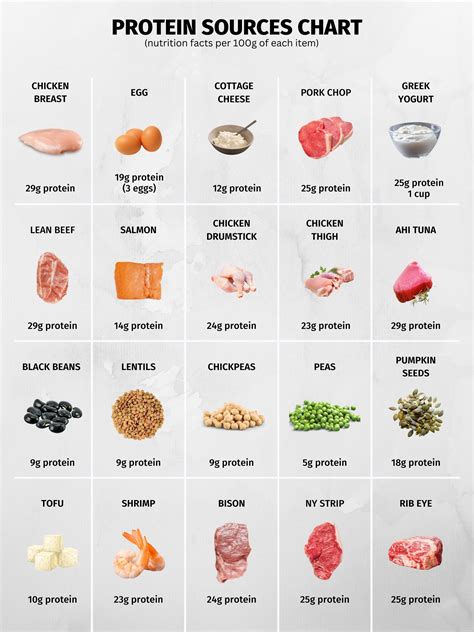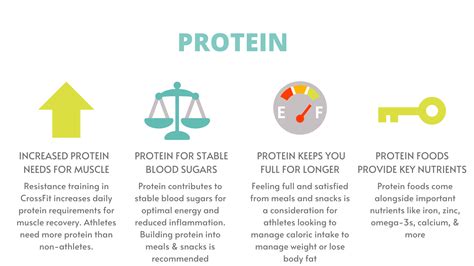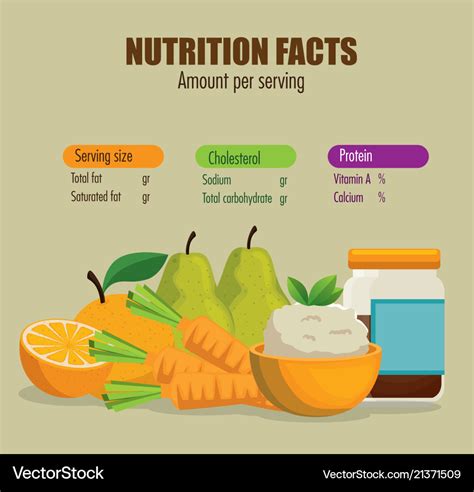What’s the best daily protein intake for muscle growth & recovery in active men?

Fueling Your Gains: The Science of Protein for Active Men
For active men committed to building muscle and ensuring swift recovery, protein isn’t just a macronutrient—it’s the cornerstone of their nutritional strategy. Understanding the optimal daily protein intake is crucial, as too little can hinder progress, while excessively high amounts might not offer additional benefits. This guide delves into the current scientific consensus to help you dial in your protein needs.
Why Protein Is Non-Negotiable for Muscle & Recovery
Protein plays a multifaceted role in the body, especially for those with demanding physical routines. It provides the amino acids necessary for muscle protein synthesis (MPS), the process by which muscle tissue is repaired and rebuilt. When you lift weights or engage in strenuous activity, microscopic tears occur in muscle fibers. Protein intake after exercise provides the raw materials for these fibers to not only repair but also grow back stronger and larger, leading to hypertrophy. Beyond repair, protein also supports hormone production, immune function, and enzyme synthesis, all vital for an active lifestyle.

General Protein Recommendations for Active Men
While the Recommended Dietary Allowance (RDA) for protein is 0.8 grams per kilogram of body weight (g/kg) for sedentary adults, this amount is insufficient for active individuals, particularly those engaged in resistance training. Extensive research suggests that active men looking to optimize muscle growth and recovery should aim significantly higher.
- For Muscle Growth (Hypertrophy): The sweet spot typically falls between 1.6 to 2.2 g/kg of body weight per day. Some studies even suggest benefits up to 2.5 g/kg, especially during periods of calorie restriction to preserve lean mass.
- For Endurance Athletes: While often associated with strength, endurance athletes also benefit from higher protein intake (1.2 to 1.7 g/kg) to aid in muscle repair and reduce exercise-induced muscle damage.
For a 180-pound (approx. 82 kg) active man, this translates to roughly 131 to 180 grams of protein daily. It’s often easier to think about this in terms of grams per pound: 0.7 to 1.0 grams per pound of body weight.
Factors Influencing Your Ideal Protein Intake
Several variables can fine-tune your optimal protein needs:

- Training Intensity and Volume: The harder and more frequently you train, the greater your muscle breakdown, and thus the higher your protein requirement for repair and growth.
- Body Composition Goals: If you’re in a caloric deficit (cutting phase) aiming to lose fat while preserving muscle, a higher protein intake (closer to the 2.0-2.5 g/kg range) is crucial to minimize muscle loss. During a bulk, sufficient protein still supports new muscle accretion.
- Age: As men age, a phenomenon known as anabolic resistance can occur, meaning muscles become less responsive to protein. Older active men might benefit from slightly higher protein intakes (e.g., closer to 2.0 g/kg) to counteract this effect.
- Type of Activity: While resistance training typically demands the highest protein, intense endurance training also elevates needs.
Optimal Timing and Distribution of Protein
It’s not just about the total daily amount, but also how you spread your protein intake throughout the day. Research suggests that distributing protein evenly across multiple meals (e.g., 3-5 meals) can maximize muscle protein synthesis. Aim for 20-40 grams of high-quality protein per meal or snack.

The concept of an “anabolic window” post-workout has been refined. While consuming protein shortly after exercise is beneficial, the window for optimizing MPS is longer than previously thought, extending several hours. The most important factor is meeting your daily total protein goal, but a post-workout protein source (e.g., whey protein shake, chicken breast) is still an excellent strategy.
Quality Protein Sources for Maximum Benefit
The type of protein matters. Prioritize whole, unprocessed sources rich in essential amino acids (EAAs), especially leucine, which is a key trigger for MPS. Excellent choices include:
- Animal Sources: Lean meats (chicken, turkey, beef), fish (salmon, tuna), eggs, dairy products (Greek yogurt, cottage cheese, whey protein).
- Plant-Based Sources: Tofu, tempeh, lentils, beans, quinoa, nuts, seeds, and plant-based protein powders (soy, pea, rice protein blends). Combining different plant proteins can ensure a complete amino acid profile.

Putting It All Together: Practical Tips
To ensure you meet your optimal protein intake:
- Calculate Your Target: Use the 1.6-2.2 g/kg (or 0.7-1.0 g/lb) range based on your body weight and goals.
- Plan Your Meals: Incorporate a protein source into every main meal and most snacks.
- Track Initially: Use a food tracking app for a few days to understand your current intake and identify gaps.
- Supplement Wisely: Protein powders can be a convenient way to meet targets, especially post-workout or when whole food options are limited.
- Stay Hydrated: Higher protein intake increases the body’s need for water.
Conclusion: Consistency and Quality Are Key
For active men, consistently consuming adequate high-quality protein within the 1.6-2.2 g/kg range is paramount for maximizing muscle growth, accelerating recovery, and enhancing overall physical performance. While individual needs may vary slightly, focusing on whole food sources, distributing intake throughout the day, and being mindful of your specific training and body composition goals will set you up for success. Consult with a qualified nutritionist or dietitian for personalized guidance tailored to your unique circumstances.









